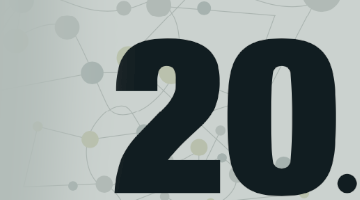Speaker
Description
Photovoltaic solar energy conversion years has become a decisive part of the
electricity generation. The global installed photovoltaic (PV) capacity surpassed 600 GW in
2020 and the terawatt installed capacity is going to be achieved within the following decade.
The dramatic fall of costs made PV the cheapest source of new electricity generation (without
subsidies) in large part of the world. PV exhibited ~25 % annual growth rate during the last 5
years. PV produces about 3 % of electricity globally, about 5% in the EU and it is expected to
reach 15 % share of EU electricity generation by 2030.
PV is dominated by silicon wafer-based cells for which previously unforeseen low
system prices have been reached. The advantages of photovoltaics based on silicon thin film
(lower consumption of energy-costly silicon and thus shorter energy payback time) have not
been sufficient to overcome the disadvantage of lower efficiencies. Thus the development and
production of silicon thin film photovoltaics nearly stopped. The other types of thin film
based PV (CdTe, CIS) as well as concentrated PV approaches struggle as well.
The record efficiency of silicon based cell reached 26.7 % by using the silicon
heterojunction (SHJ) with interdigitated back contacts composed of intrinsic and either n or p-
type hydrogenated amorphous silicon layers with thicknesses ~ 10 nm. The record SHJ cell
has been fabricated by photolithography, unsuitable for mass production. A simpler stencil
mask based technology has been developed in the NextBase H2020 project. The tunnel-IBC
approach further simplifies the process by eliminating the patterning and aligning the hole
collector contacts. These advances offer a chance for a restart of photovoltaic production in
Europe.
Innovation goes on to further enhance light-to-power conversion efficiency but this is
not possible for single junction silicon based cells, as they are close to the fundamental
Shockley Queisser limit (~29.6 %). Much higher efficiencies are possible with multijunction
designs, but so far they have been demonstrated using III-V semiconductors, which are not
suitable to large scale deployment. The next step in PV evolution will be the dual junction
(tandem) cells of silicon with a suitable partner. The most perspective is the combination of
perovskite – silicon tandem cells, with potential efficiency above 45% and current research
results reaching 29%.
